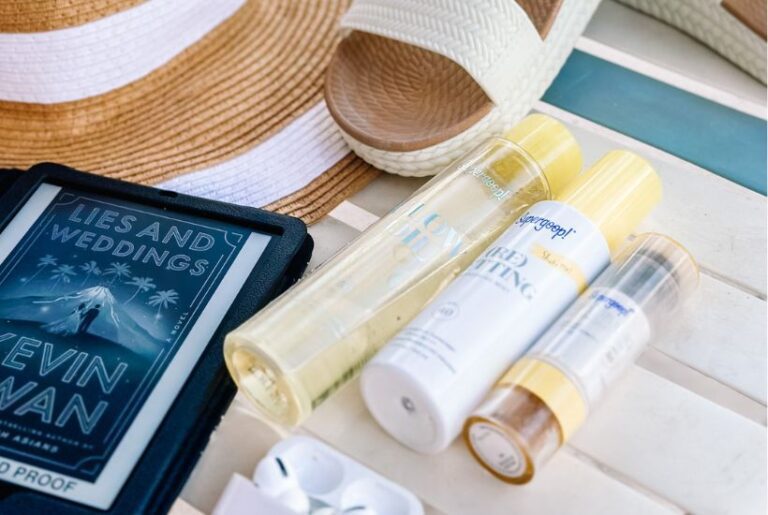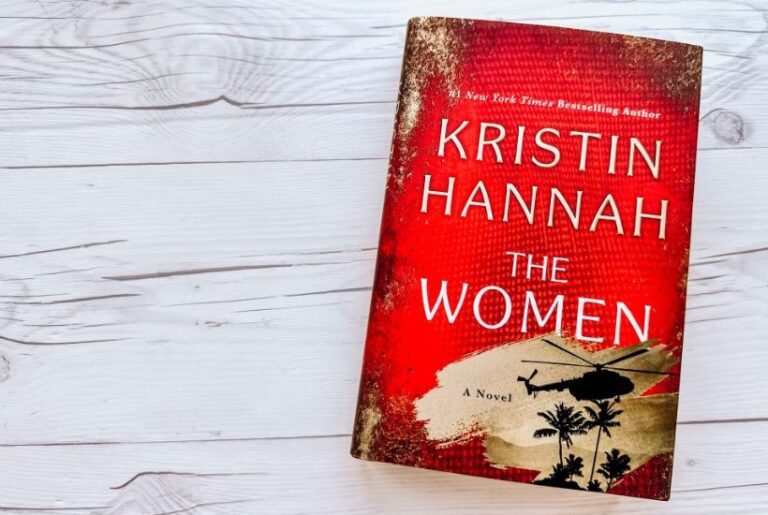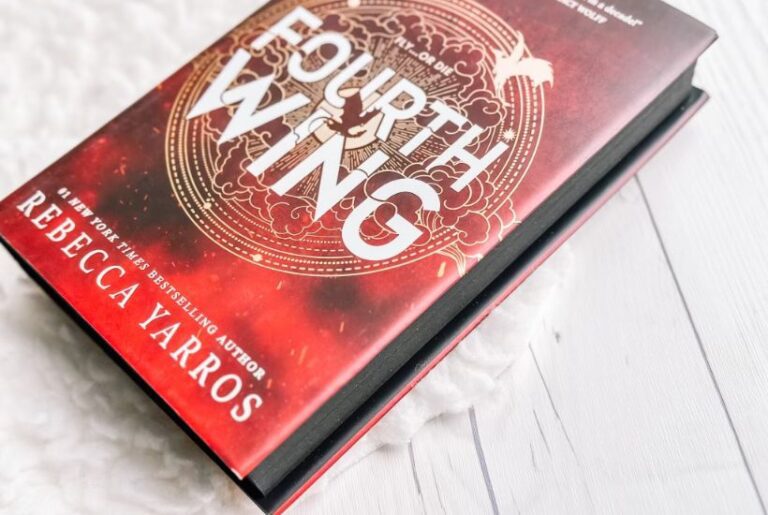The 7 Best Supergoop Sunscreen Products: Supergoop Reviews for 2024
Are you looking for Supergoop reviews? Then look no further! I’ve tried and loved so many of their products that I will happily breakdown what I use and love the most. First and foremost, I…





